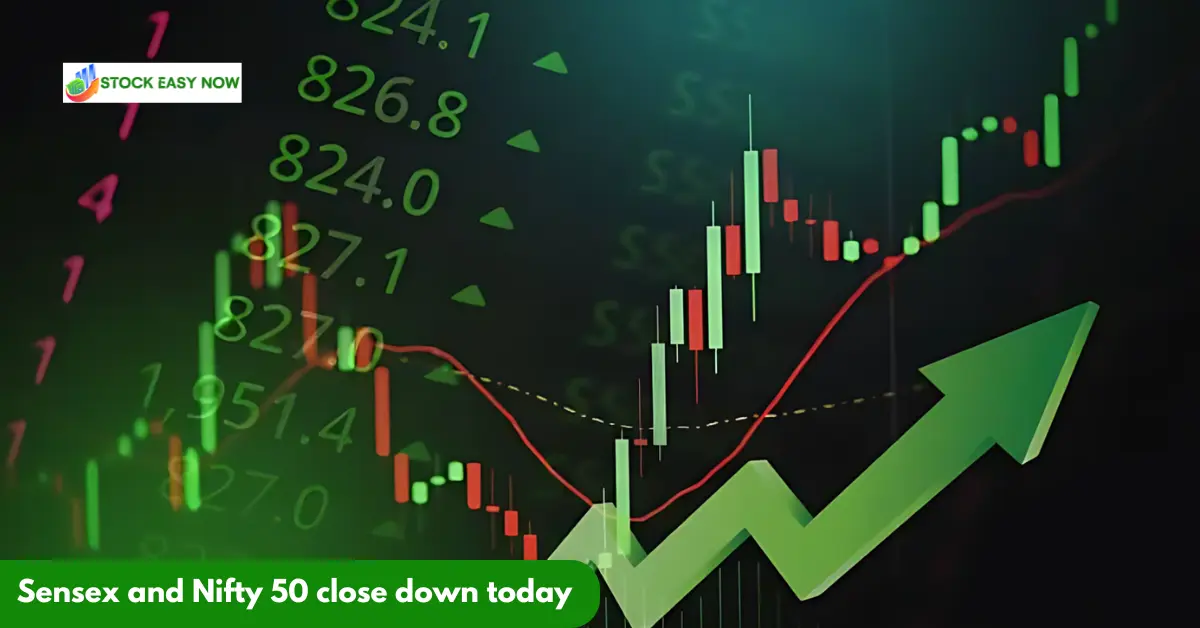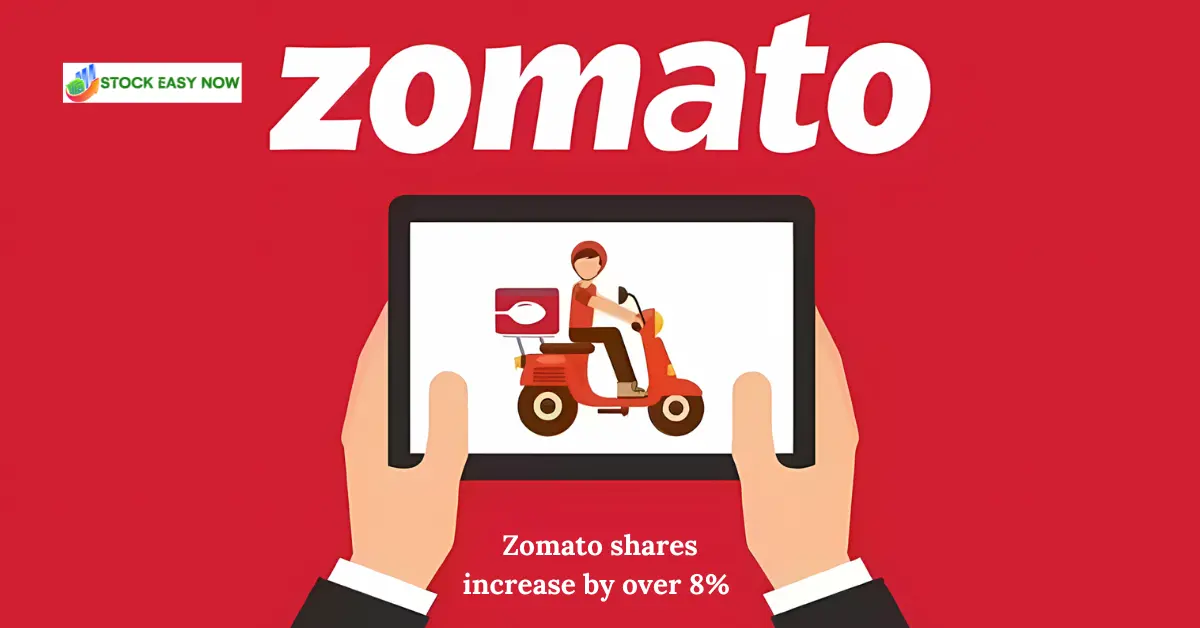Tata Motors’ EBIT margin outlook is heavily reliant on volumes, with major margin drivers currently decreasing, according to YES Securities.
Tata Motors generated free cash flow (FCF) in a traditionally sluggish June quarter. Despite lower volumes, JLR’s richer product mix resulted in profitability. The Tata group company also recorded a significant increase in commercial vehicle (CV) activity. However, its domestic passenger vehicle (PV) industry suffered from market challenges.
ICICI Securities, which has downgraded Tata Motors’ stock to ‘Sell’ from ‘Reduce’ and updated the target price to Rs 923 from Rs 915, notes that with commercial vehicles (CVs) anticipated to stay flat and passenger vehicles (PVs) growing in single digits, enhancing margins in the electric vehicle (EV) sector will be crucial for driving EBITDA growth in Tata Motors’ India operations.
Aside from the dangers of subdued global demand and margin headwinds at JLR, experts warned that a recent supplier-based constraint could provide an incremental obstacle in the short future.
“This, combined with demand moderation in its India CV and PV businesses, raises concerns about TTMT’s ability to sustain the current level of profitability going forward,” MOFSL added, recommending a target price of Rs 1,025 for the shares.
Tata Motors Ltd’s shares slumped 4.76 percent on Friday, hitting a low of Rs 1,090.05 on the BSE
Tata Motors forecasted an EBIT margin of 8.5% for FY25 while indicating production challenges in Q2 and Q3 owing to plant shutdowns and floods at a key aluminum supplier.
This is an important factor to watch for, as EBIT margin projection is heavily reliant on volumes, given that key margin drivers such as peak Land Rover contribution, raw material tailwinds, and controlled value chain management are now decreasing, according to YES Securities.
The firm claimed demand concerns are emerging in important areas such as Europe and China, even though the US market remains strong.
“This is evident in the order book, which stands at 104,000 units for 1QFY25, down from 133,000 at the end of FY24, 150,000 in 3Q, and 168,000 in Q2. We have increased our FY25/26 consolidated EPS estimates by 2% and 1%, respectively, to account for expected weaker volumes at JLR, slightly offset by improved margins in the domestic business driven by commercial vehicles,” YES Securities stated, setting a target price of Rs 1,240.
Nuvama anticipates that order book fatigue and a strong base will lead to a moderation in growth. “Additionally, a subdued performance in India’s commercial vehicle sector is expected due to market share loss to railways, a slowdown in infrastructure spending, and a high base. However, new launches are promising for the passenger vehicle division,” the firm stated, recommending a target price of Rs 1,010.
JM Financial stated that while the US and UK markets remained strong, demand in the EU remained modest. Management stated that increased marketing spending will propel JLR’s order book forward. FY25 EBIT margin is predicted to be unchanged. Strong FCF generation is expected to underpin JLR’s electrification efforts, and the business is on target to achieve net cash by FY25.
“In the domestic PV industry, while demand remains subdued, new introductions (like Curvv) are projected to drive growth. Domestic CV demand is likely to increase in the future. Healthy margin.
“The performance looks promising, and the near-net-cash position in the Indian auto business offers reassurance,” it stated, setting a target price of Rs 1,200 for the shares.
Kotak Institutional Equities is bullish on Tata Motors’ prospects. It forecasts FY2025-26 performance to be healthy, underpinned by steady JLR business, improved mix and cost-control initiatives, market share gains in PV and CV categories, and high FCF generation. It estimated a fair valuation of Rs 1,250 for Tata Motors.
On Thursday, the automaker recorded a 72.43 percent increase in net profit to Rs 5,692 crore in the June quarter, up from Rs 3,301 crore in the same period last year. Revenue increased by 13% to Rs 1.08 lakh crore, up from Rs 1.02 lakh crore last year.





